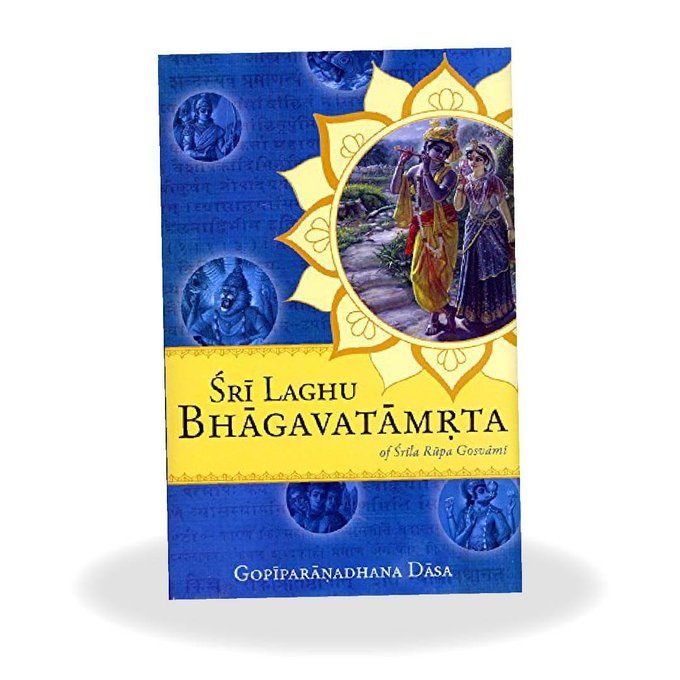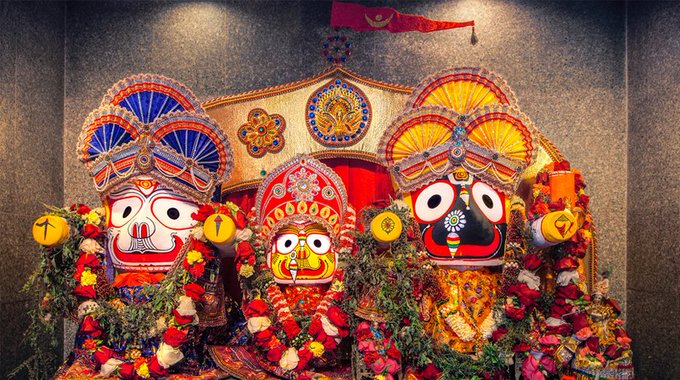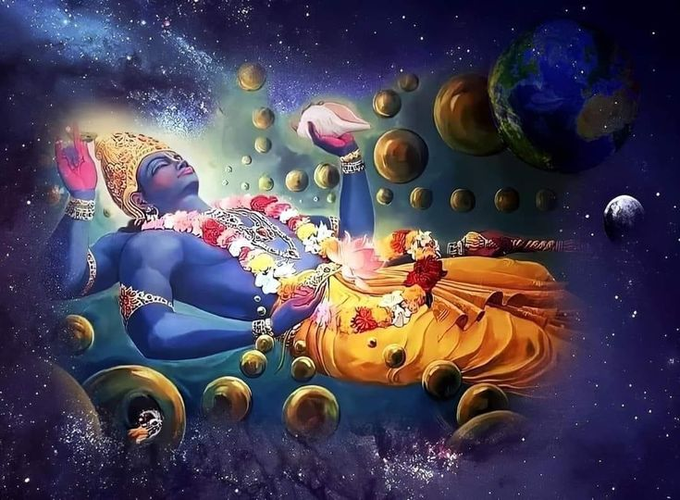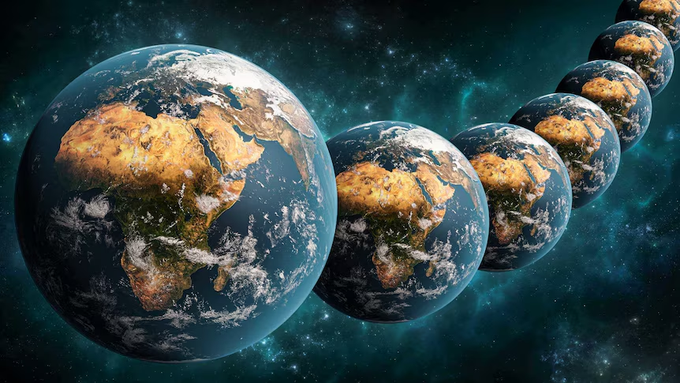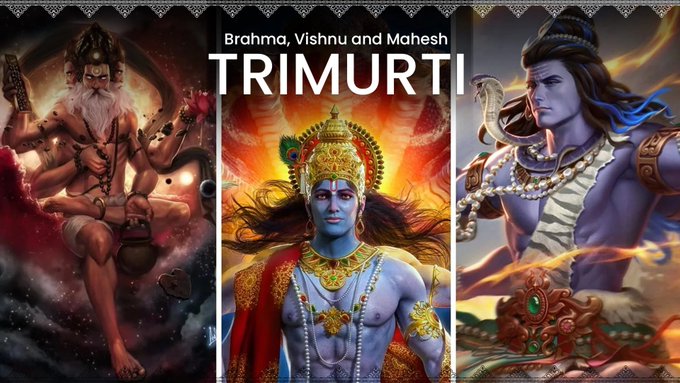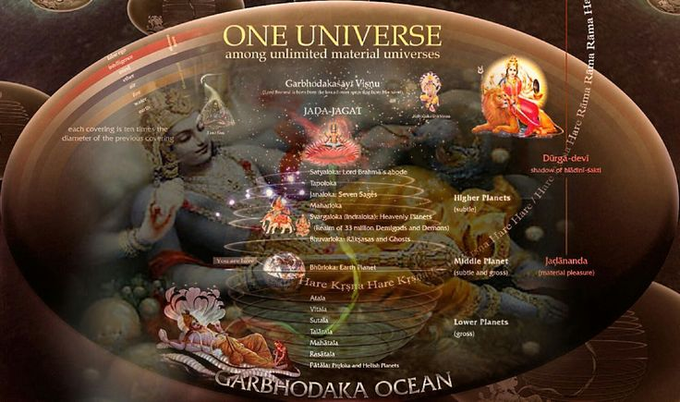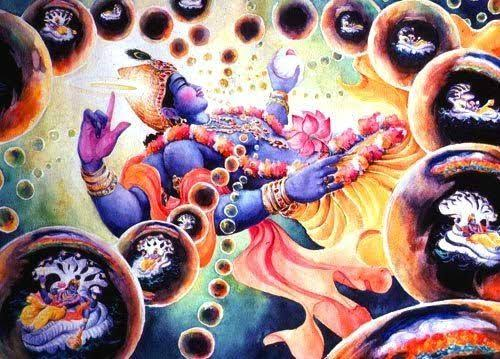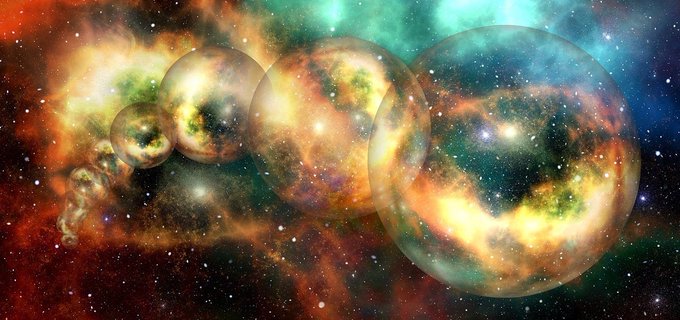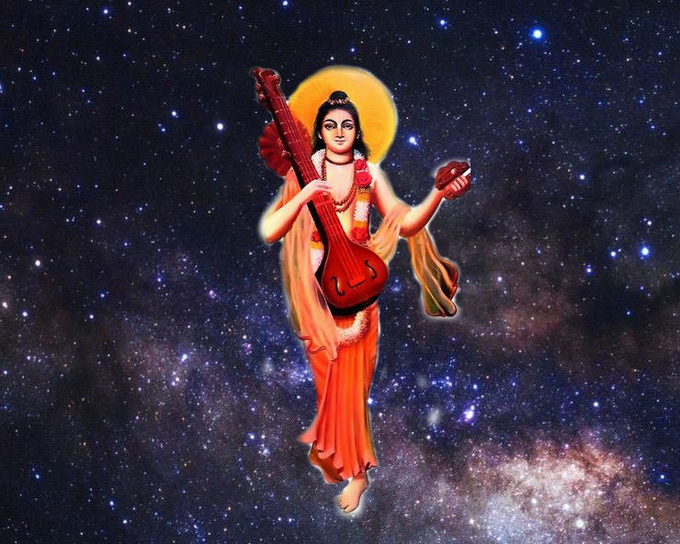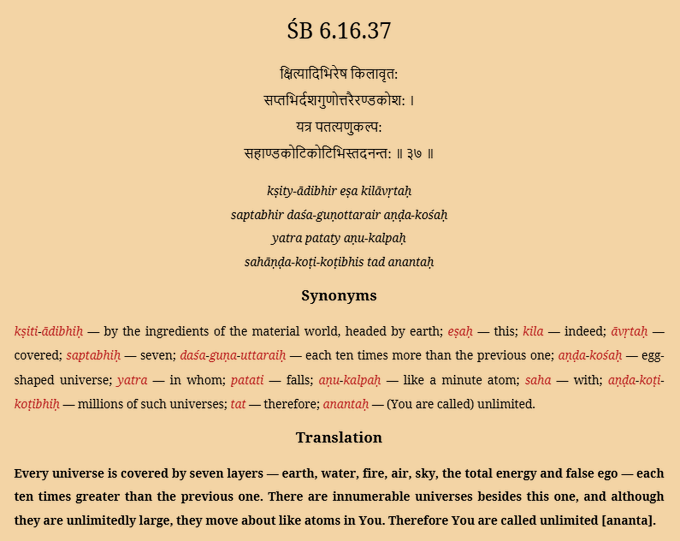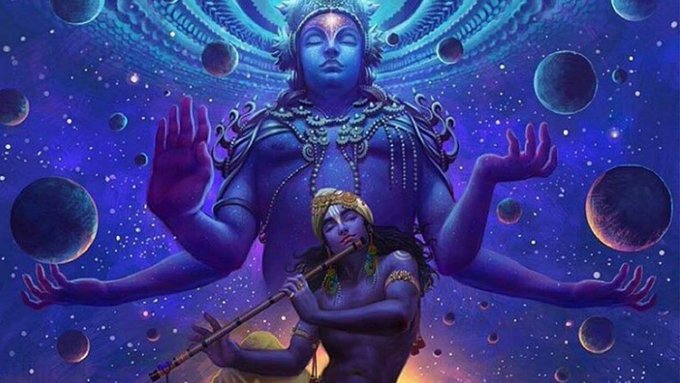Long before science spoke of infinite universes, the Rishis saw them—literally. Not metaphor. Not myth. Literal cosmological vision — down to the last detail. This will transform your view of reality.
In Hinduism, this universe — with all its galaxies, stars, and time — is not the universe.
It’s just one bubble. One of infinite. Sanātana Dharma says: अनन्तकोटि ब्रह्माण्ड Ananta-koṭi Brahmāṇḍa “Endless crores of universes.” Let’s dive in.
First: What is a Brahmāṇḍa?
“Brahmāṇḍa” = Brahma + Aṇḍa = “The Egg of Brahmā”
- Each universe is shaped like a cosmic egg, with its own:
- — Brahmā (creator)
- — Viṣṇu (sustainer)
- — Rudra (destroyer)
- — Lokas (realms)
- — Time cycles It is a complete self-contained cosmos.

Viṣṇu Purāṇa 1.2.47:
“aṇḍākāraṁ mahābrahmāṇḍaṁ sapta-kośāvṛtaṁ matam”
“The great Brahmāṇḍa is shaped like an egg, encased in seven coverings.”
These 7 cosmic sheaths are:
— Pṛthvī (Earth)
— Apas (Water)
— Agni (Fire)
— Vāyu (Air)
— Ākāśa (Space)
— Ahaṅkāra (Ego)
— Mahat (Cosmic Intelligence)
Each Brahmāṇḍa is a womb of creation, floating in the infinite.
But how many such universes exist?
Brahma Vaivarta Purāṇa, Prakṛti Khaṇḍa 49.61–63:
“koṭi-brahmāṇḍa-madhye mama līlā vibhūtayaḥ”
“My līlās (divine plays) unfold across crores of universes.”
Every Brahmāṇḍa is governed by:
— A different Brahmā
— A different Viṣṇu
— A different Śiva
This is a literal multiverse, not symbolic mysticism.
And these aren’t just clones.
Each universe is completely unique — with its own:
— Natural laws
— Yugas and timeframes
— Beings and Devas
— Cosmology
Just as no two snowflakes are alike, no two Brahmāṇḍas are identical. Each is a divine variation.
Who travels between them?
Sages like Nārada Muni.
Padma Purāṇa, Uttara Khaṇḍa 255.43–45:
Nārada Muni speaks of witnessing different universes, ruled by different Brahmās, with different sets of Devas and Lokas.
He is a Yogic interdimensional traveler — moving across space, time, and reality itself.
Śrīmad Bhāgavatam 6.16.37:
“ananta-koṭi-brahmāṇḍa-nāyakāya namah”
“Salutations to the Lord of innumerable universes.”
Modern physics dreams of parallel realities. The Bhāgavata describes infinite — already explored by Rishis.
How long does one universe last?
Bhagavad Gītā 8.17:
“sahasra-yuga-paryantam ahar yad brahmaṇo viduḥ…”
“A day of Brahmā equals 1,000 Mahāyugas = 4.32 billion years”
Now imagine: Every Brahmā in every Brahmāṇḍa lives for 311 trillion years…
…then another begins.
And another.
And another.
It gets deeper.
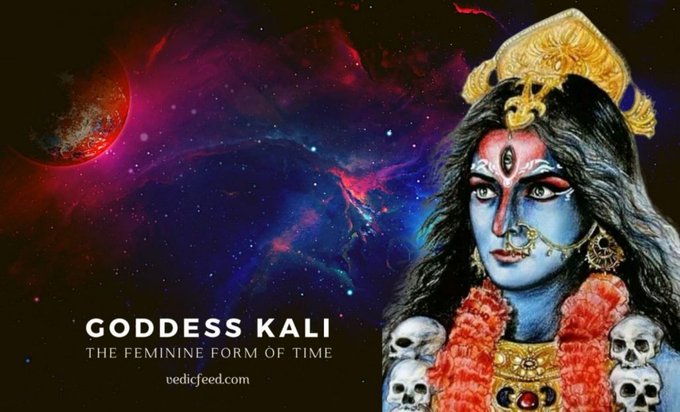
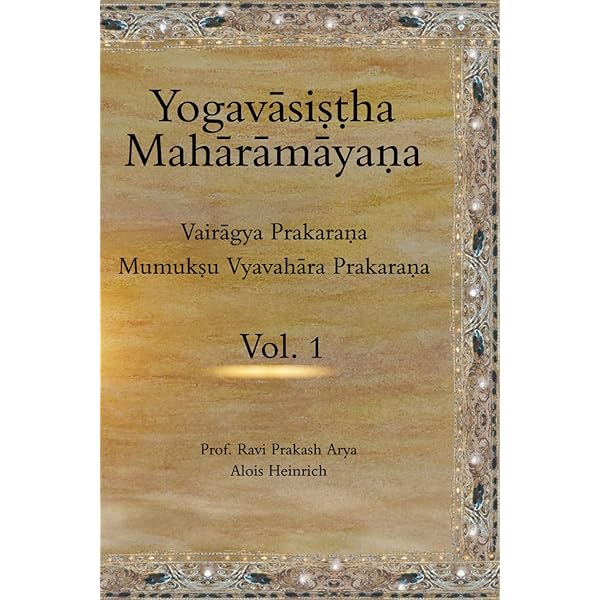
Modern theories like:
— Quantum multiverse
— Inflationary cosmology
— Cyclical big bangs
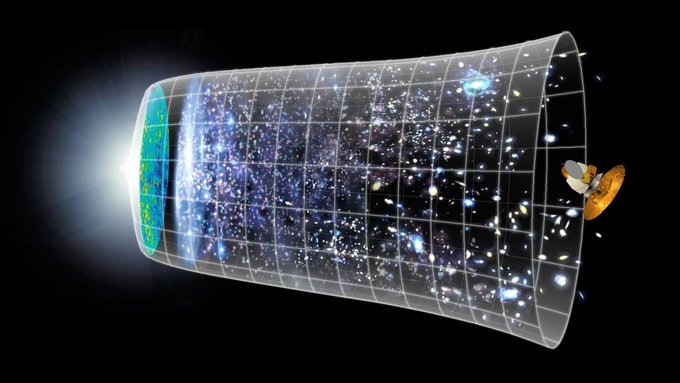
Laghu Bhāgavatāmṛta (Pūrva 5.208):
